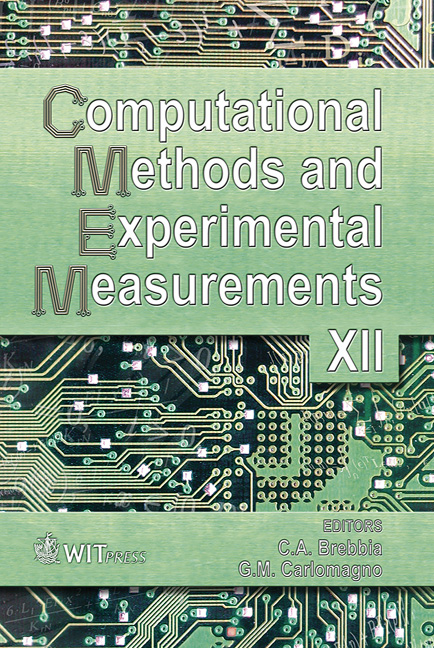Shear Fracture In Masonry Joints
Price
Free (open access)
Transaction
Volume
41
Pages
11
Published
2005
Size
409 kb
Paper DOI
10.2495/CMEM050201
Copyright
WIT Press
Author(s)
K. Chaimoon & M. M. Attard
Abstract
This paper presents the shear behaviour of masonry bed joints before and after peak load investigated by means of deformation-controlled tests. The results concern those parameters required by micro-models: shear bond strength in relation to the cohesion and internal friction angle; shear modulus; and post-peak behaviour including mode II fracture energy; friction coefficient; dilatancy behaviour; and in particular, unloading-reloading characteristic. Keywords: shear fracture, masonry joint, post-peak behaviour, unloading-reloading characteristic. 1 Introduction It is well understood that the behaviour of masonry structures depends strongly on mortar properties. The failure of masonry beams under three point bending with low bond strength may be governed by both mode I and mode II fracture rather than just mode I failure as for example in a concrete beam. In order to obtain an insight into the shear failure behaviour, an experimental and numerical research program has been carried out at the University of New South Wales, [1, 2]. Full-scale masonry panels with two different strengths of mortar were tested under three-point bending. To carry out the numerical modelling, the fracture properties for tension, shear, and compression are need. In this paper the results of shear tests performed to derive all the parameters pertaining to mode II fracture are presented, in order to obtain a better understanding of shear-fracture.
Keywords
shear fracture, masonry joint, post-peak behaviour, unloading-reloading characteristic.





